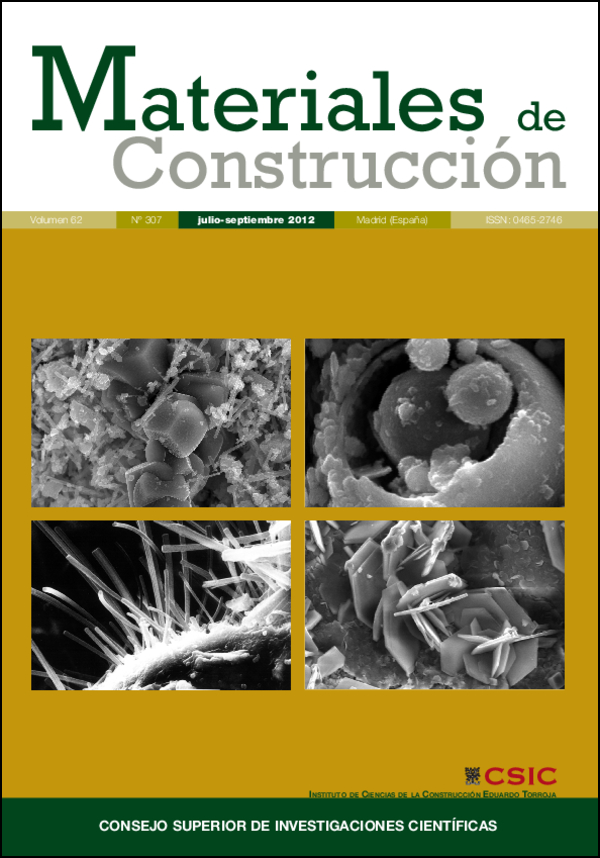Study on the electrical resistance of the sleeper-fastening elements system in railway tracks
DOI:
https://doi.org/10.3989/mc.2012.06411Keywords:
Electrical properties, temperature, railway track, sleeper, railAbstract
The electrical resistance of the sleeper-fastening elements system in a wet railway track is a very important parameter. This is because the rails are electric conductors in the circuit of signaling and traction systems. This electrical resistance, defined as a characteristic value of the sleeper-fastening elements-water system is a measurand obtained with reference measurement procedures as described in international standards. But it is subject to many kinds of undefinitions that result in a very high dispersion. In this work the dependence of this parameter on variables such as the water conductivity, the temperature and the relative humidity is shown, and several ways to reduce it to minimum values are also established.
Downloads
References
(1) “Fastener Electrical impedance test”. Manual for railway engineering, Vol 1, Track. Ch 30 Ties. 2.8. Test 7. AREMA (2010).
(2) “Aplicaciones ferroviarias. Vía. Métodos de ensayo de los sistemas de fijación. Parte 5: Determinación de la resistencia eléctrica”. UNE-EN 13146-5: 2003.
(3) “Traviesas monobloque de hormigón pretensado”. ADIF. VIA. Especificaciones técnicas. ET 03.360.571.8. 4ª EDICIÓN: Enero de 2009.
(4) C. López, F.J. Barroso y A. Zamora.: “Ensayos sobre modelos de traviesas de desvío de hormigón pretensado”. IETCC. Informe técnico 19517. (2009).
(5) I.A. Carrascal, J.A. Casado, J.A. Polanco y F. Gutiérrez-Solana.: “Efecto de las características físico-geométricas de las traviesas de hormigón monobloque en el comportamiento eléctrico de la superestructura de vía de ferrocarril para AVE”. Materiales Compuestos 05. AEMAC. Valencia (2005). pp. 667-674.
(6) “Calidad del agua. Determinación de la conductividad eléctrica”. EN 27888 (ISO 7888:1985).
(7) “Plastics. Determination of Water Absorption”. ISO 62: 2008. (8) International vocabulary of metrology. Basic and general concepts and associated terms. (VIM). JCGM 200: 2008.
Downloads
Published
How to Cite
Issue
Section
License
Copyright (c) 2012 Consejo Superior de Investigaciones Científicas (CSIC)

This work is licensed under a Creative Commons Attribution 4.0 International License.
© CSIC. Manuscripts published in both the print and online versions of this journal are the property of the Consejo Superior de Investigaciones Científicas, and quoting this source is a requirement for any partial or full reproduction.
All contents of this electronic edition, except where otherwise noted, are distributed under a Creative Commons Attribution 4.0 International (CC BY 4.0) licence. You may read the basic information and the legal text of the licence. The indication of the CC BY 4.0 licence must be expressly stated in this way when necessary.
Self-archiving in repositories, personal webpages or similar, of any version other than the final version of the work produced by the publisher, is not allowed.
















